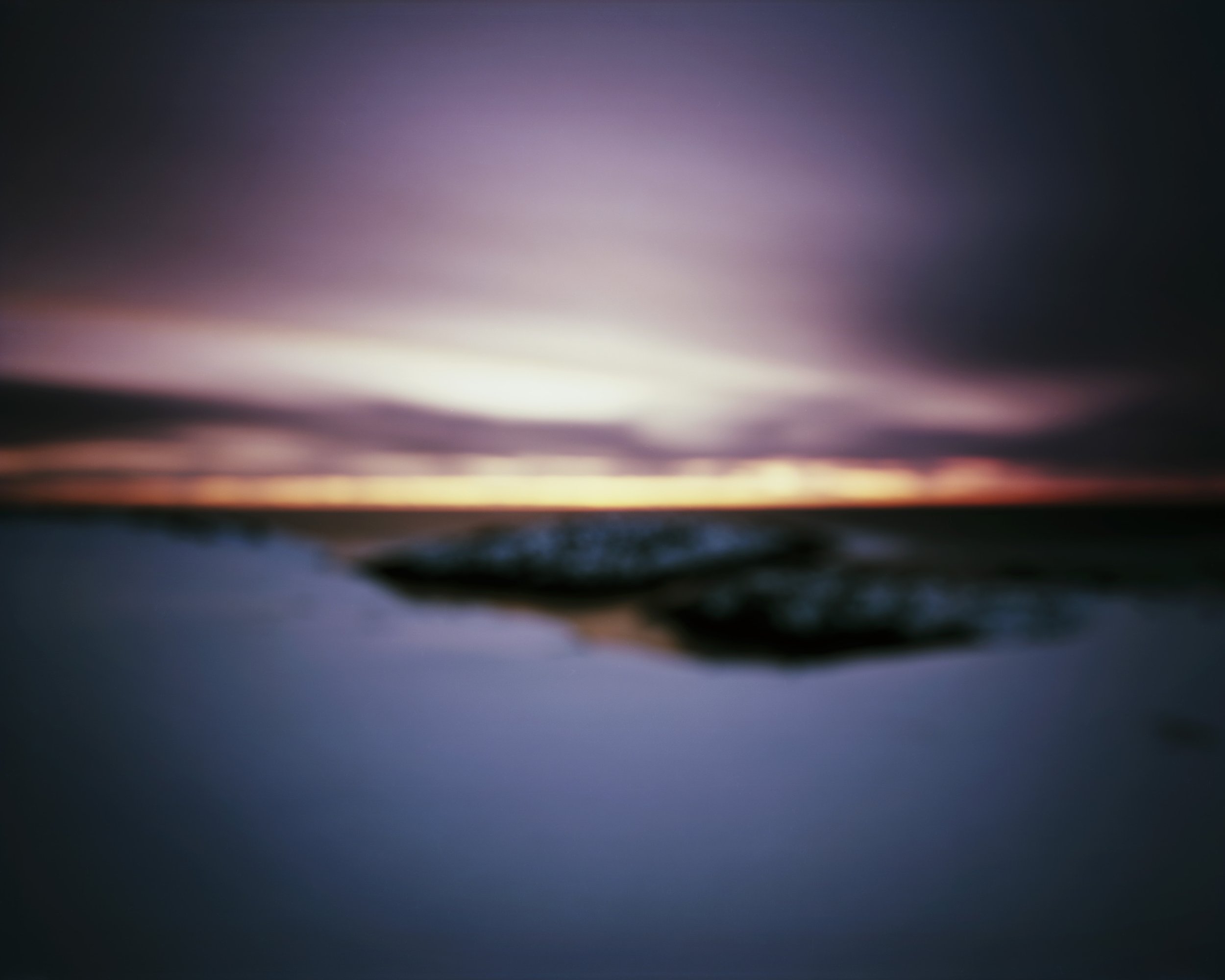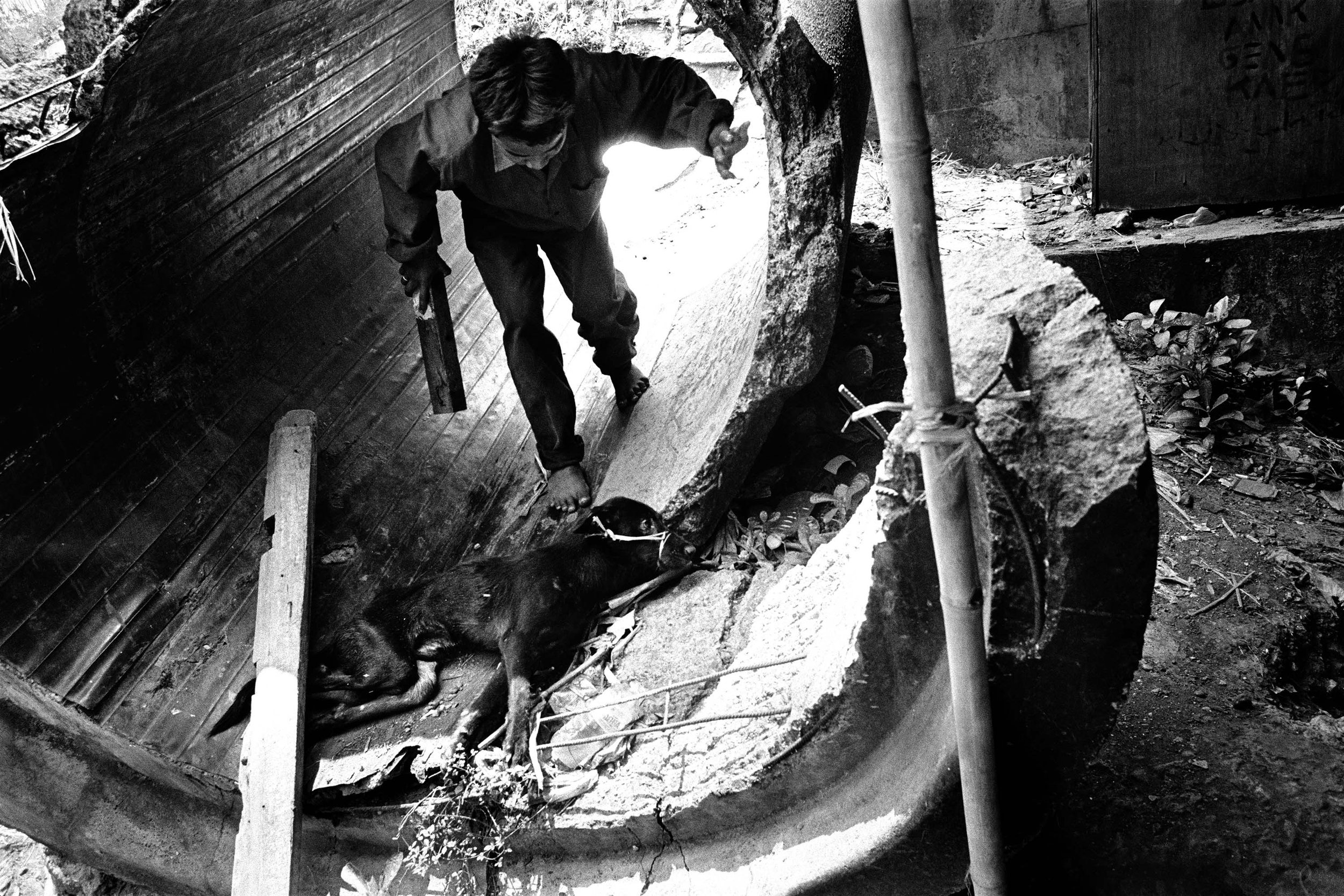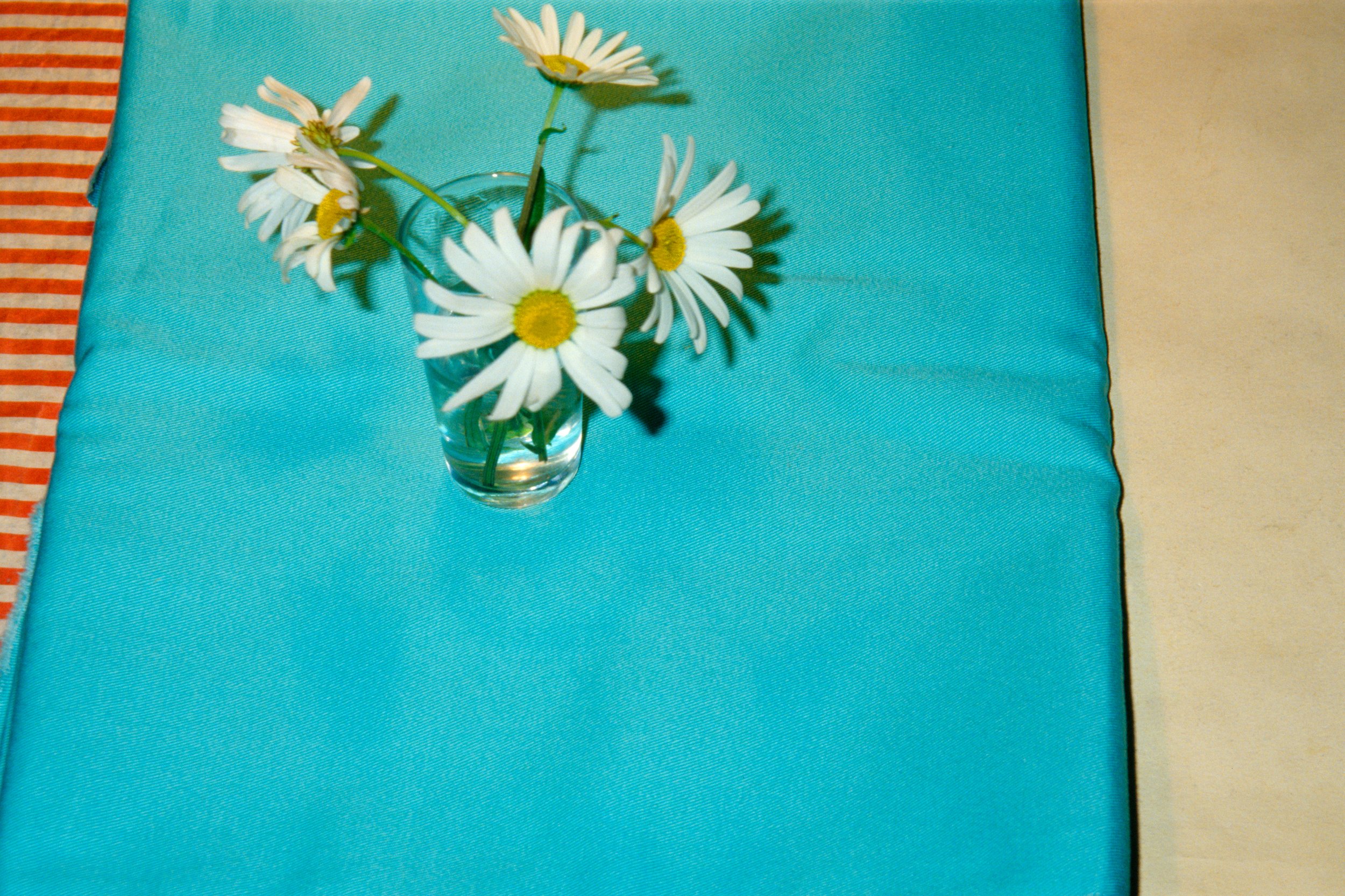
WAKALIGA – ACTION! AND CUT! | Kunstmuseum Luzern
Kunstmuseum Luzern
14. Mai 2025
Unterwegs mit der Kuratorin - Rundgang mit Eveline Suter
WAKALIGA – ACTION! AND CUT!
Wakaliga, Wakaliwood Ramon Film Productions, 2024, Courtesy of the artists
Das Wakaliga Filmstudio Uganda produziert grosse Actionfilme mit sehr kleinen Budgets. Prallvoll mit Kung-Fu-Kämpfen, wilden Schiessereien, blutigen Momenten, heftigen Explosionen und witzigen Spezialeffekten sind die Filme grossartige Unterhaltung. Wie beiläufig erzählen sie von gesellschaftlichen Problemen und kriminellen Machenschaften, von Korruption, Erpressung oder Strassenkindern. Bei Genrefans haben die Filme weltweit Kultstatus; seit der documenta 15 in Kassel sind sie auch dem Kunstpublikum ein Begriff.
Der Cast besteht aus Familienmitgliedern, Freund:innen und Nachbar:innen. Alle sitzen im Hof unter einem schattigen Dach zusammen, wo Isaac Nabwana als Begründer und Regisseur von Wakaliga seine Filmidee erläutert. Gemeinsam entscheidet das eingespielte Team, wie Aufgaben und Rollen verteilt werden. Wie in den Anfängen Hollywoods wird spontan gedreht. Die selbstgebauten Kulissen aus Karton brechen die Illusion und verhindern jeden Realismusverdacht. Als Set dient das eigene Grundstück oder die Nachbarschaft. Wenn nötig, werden weitere Hände, Statist:innen oder Knowhow aus der nächsten Umgebung im Stadtteil Wakaliga hinzugeholt.
Kuratiert von Eveline Suter
Filmproduktion in Wakaliga im Juni 2024, Courtesy of the artists, Foto: Ssempala Sulaiman
Le studio de cinéma Wakaliga en Ouganda produit de grands films d'action avec de très petits budgets. Remplis de combats de kung-fu, de fusillades endiablées, de moments sanglants, d'explosions violentes et d'effets spéciaux amusants, ces films sont un grand divertissement. Comme en passant, ils parlent de problèmes sociaux et de machinations criminelles, de corruption, de chantage ou d'enfants des rues. Ces films sont devenus cultes pour les fans du genre dans le monde entier ; depuis la documenta 15 de Cassel, ils sont également connus du public artistique.
Le casting est composé de membres de la famille, d'amis et de voisins. Tous sont assis ensemble dans la cour, sous un toit ombragé, où Isaac Nabwana, fondateur et réalisateur de Wakaliga, explique son idée de film. L'équipe bien rodée décide ensemble de la répartition des tâches et des rôles. Comme aux débuts d'Hollywood, le tournage se fait spontanément. Les décors en carton que l'on construit soi-même brisent l'illusion et empêchent tout soupçon de réalisme. Le propre terrain ou le voisinage sert de plateau. Si nécessaire, on fait appel à d'autres mains, à des figurants ou au savoir-faire de l'environnement proche du quartier de Wakaliga.
Commissariat d'Eveline Suter
Wakaliga, Ejjini Lye Ntwetwe, 2015, Filmstill, Courtesy of the artists
Lo studio cinematografico Wakaliga in Uganda produce grandi film d'azione con budget molto ridotti. Ricchi di combattimenti di kung fu, sparatorie selvagge, momenti di sangue, esplosioni violente e divertenti effetti speciali, i film sono un grande intrattenimento. Quasi di sfuggita, raccontano problemi sociali e macchinazioni criminali, corruzione, ricatti e bambini di strada. I film sono diventati un cult tra gli appassionati del genere in tutto il mondo; dopo la documenta 15 di Kassel, sono diventati un nome familiare anche tra gli amanti dell'arte.
Il cast è composto da membri della famiglia, amici e vicini di casa. Siedono tutti insieme nel cortile sotto un tetto ombreggiato, dove Isaac Nabwana, fondatore e regista di Wakaliga, spiega la sua idea di film. La squadra, ben preparata, decide insieme come distribuire i compiti e i ruoli. Come agli albori di Hollywood, il film viene girato spontaneamente. I fondali di cartone autocostruiti rompono l'illusione e impediscono qualsiasi sospetto di realismo. Il set è la loro proprietà o il quartiere. Se necessario, vengono portate altre mani, comparse o competenze dal quartiere di Wakaliga.
A cura di Eveline Suter
Wakaliga, Ejjini Lye Ntwetwe, 2015, Filmstill, Courtesy of the artists
The Wakaliga Film Studio Uganda produces great action films on very low budgets. Brim-full of kung-fu fights, wild shoot-outs, bloody moments, mighty explosions and amusing special effects, the films provide marvellous entertainment. They also speak, en passant, of social problems and criminal intrigues, corruption, blackmail and street children. The films have gained a cult status among genre fans worldwide; since documenta 15 in Kassel, they now also mean something to art audiences.
The cast is made up of family members, friends and neighbours. They all sit together in a courtyard under a shady roof, where Isaac Nabwana, founder and director of Wakaliga, explains his film concept. Together, the well-practised team decides how tasks and roles are to be distributed. Like in the very early days in Hollywood, shooting the films is spontaneous. The hand-made cardboard sets shatter the illusion and thwart any suspicion of realism. Their own plots of land or places in the neighbourhood serve as settings. If necessary, other helping hands, extras and knowhow are obtained from the Wakaliga district nearby.
Curated by Eveline Suter
(Text: Kunstmuseum Luzern)













































